Kindergarten is all about teaching the letters, right? Well…maybe.
What if you have students who come in already reading? Or what if you have a combination—some readers AND some students who don’t know how to write their names yet? ?
Since some students attend preschool (and/or have at-home literacy experiences) and others don’t, it’s very easy to end up with a big range of abilities in your Kindergarten classroom.
In this post, I’ll share differentiation tips for making your whole group instruction meaningful, meeting the needs of struggling learners and challenging your advanced students.
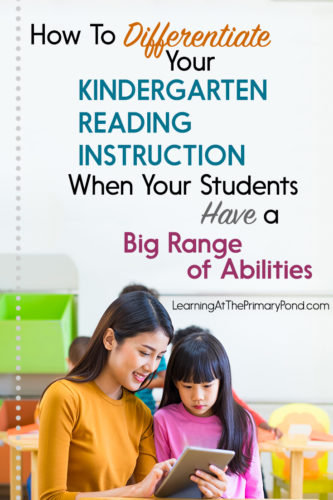 Photo Credits: weedezign, Shutterstock
Photo Credits: weedezign, Shutterstock
Tips for Successful Whole Group Lessons
Teaching students individually or in a small group setting is, of course, a really effective way to meet students’ specific needs.
However, just because you have a big range of abilities in your classroom does not mean that you should completely scrap whole group instruction!
Whole group instruction builds community, is more efficient than teaching the same skill over and over in small groups, AND can be effective.
When I have a wide ability range in my class, I “teach to the middle” during many whole group lessons. But that doesn’t mean that I ignore the needs of the lower students OR the higher students.
Here’s what I do to meet a variety of kids’ needs during a single whole-group lesson: I gear the lesson objective toward the “average” students, but I vary my questioning to meet the needs of different groups of kids.
For example, if you’re teaching a shared reading lesson and working on finding words in the “-at” family, you can ask:
- What words on the page do you see with the -at family? (on level)
- Where do you see the letter “t” on the page? (below level)
- Do you see any other word families on this page? (above level)
You can also use strategic partnering to give students support during turn-and-talks in whole group lessons. In a turn-and-talk, students discuss a question or topic with a partner (before I ask a few students to share out with the class).
If you end up with a pair of two struggling students, those conversations can be unproductive. On the other hand, if you pair a very advanced student with a struggling student, that conversation can be unproductive too.
To avoid these situations, here’s what I do: I rank my students by general ability, split the list in half, and then pair students accordingly.
Let’s say I have a class of 6 students. (Wouldn’t that be nice? :-P) I’ve ranked them here, with the highest student at the top and the lowest student at the bottom:
Abby
Brian
Chris
Daphne
Evan
Francine
Now I split the list in half:
Abby – Daphne
Brian – Evan
Chris – Francine
I use this strategy to create a medium-sized gap between students in a partnership. The stronger student may be able to take a leadership role at times, while the lower student benefits from the support of the stronger student.
I don’t always pair students like this (it’s also nice to allow the advanced students to work together and challenge each other at times). But this strategy can be effective in providing a little support to lower students during whole-group instruction.
Supporting Struggling Learners
Small group instruction is invaluable in supporting your struggling students! I try to meet with a small group of my lowest students on a daily basis. The more individual attention they get, the better.
If you want to devote more time to small group instruction but are struggling with getting the other students to work independently, try breaking up your small group time into two chunks. You might see 2 small groups in the morning and 1-2 groups in the afternoon. This ensures that the other kids don’t have to work independently for a super extended period of time.
In addition, I sometimes pull a student or two right away in the morning. We quickly review letter sounds or another skill. It doesn’t take time away from anything else, since the other students are still entering the classroom and settling in for the day.
I also highly recommend seeking out volunteer help. Since your lower Kindergarten students usually need help with more basic skills (like letter recognition), these are things that a volunteer can pretty easily help with. (You can even have them use some of my Pre A guided reading binder activities, since everything is spelled out clearly!)
Volunteers can be parents (from your class or another), or even members of the community. If your school partners with any local businesses or organizations, ask to see if any employees are interested in volunteering.
(Also, your volunteers don’t just have to work with the lower students! They can also listen to your higher students read aloud!)
For specific activity ideas for your lower students, check out these posts:
Pre-A guided reading post link
Challenging Above-Level Readers
If you have students who enter Kindergarten already reading, meeting their needs can be a challenge. Here are some strategies to try:
- Individual reading conferences – In a conference, have students tell you what they’re reading about, ask them questions, and teach level-appropriate skills. If you need guidance in the type of skills students should be working on at higher levels, check out my first grade guided reading checklists.
- Guided reading groups that combine students from multiple classes – If you have just one “outlier” who’s reading at a much higher level than other students, ask other Kindergarten teachers if they have some students who are near that level. You might bring them all to your classroom (or another teacher’s classroom) for a guided reading group. Students really benefit from small group interaction and discussion!
- Strategy groups – If you have a couple of “outliers” who are reading at different levels, consider teaching a strategy group from time to time. In a strategy group, you can pull all these students together to work on one strategy (i.e. decoding long vowel words or making inferences). Students can all practice the same strategy—but use books at different levels to do so.
- Open-ended projects that provide choice – If students are doing a lot of independent reading, research, or other work, you’ll want them to show you what they’re learning or reading about. You might give them different options like: create a PowerPoint presentation on a computer or tablet, create a video about a topic, write their own book about a topic (hard copy or ebook, like in the app BookCreator), etc.
Last but not least, a couple of reminders:
- Advanced students may still need to work on some basic skills. Many advanced students still need help with correct letter formation, for example. So when you introduce letters in a whole group setting, it’s not a waste for them—they still benefit from the handwriting aspect of your instruction.
- Even strong readers and spellers need some type of phonics instruction; maybe they’re ready to start on long vowel spelling patterns, consonant blends, etc.
- Advanced readers still need to do most of their reading at their independent reading levels—meaning that they should only be missing 2-3 words for every 100 words they read, AND their comprehension should be strong. Just because a child can decode a text does not mean a) that they have strong literal and inferential comprehension, and b) that the content is appropriate for them. The Fountas and Pinnell Benchmark Assessment System is a great tool for finding students’ reading levels. The assessments included in a Reading A to Z membership can serve as a substitute if you don’t have access to the Fountas and Pinnell BAS.
- When differentiating work assignments for advanced students, make sure that you assign meaningful work that involves students’ interests, allows them to make choices, and challenges them. You’ll want to focus on quality over quantity when assigning extra work—avoid just piling on tons of extra assignments.
Conclusions
Teaching Kindergarten is super challenging in itself, and even more so when you have a big range of abilities in your classroom! If you have any relevant strategies to share, I’d love to hear them. Please leave a comment below!
Happy teaching!

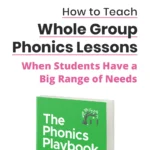
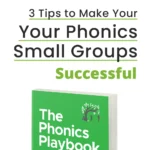
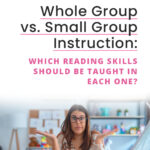
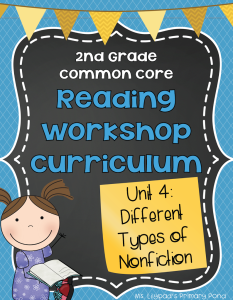
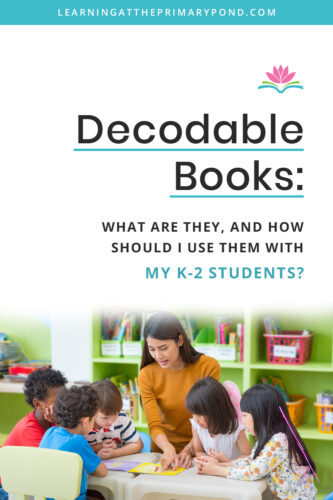







Thank you so much. I love to read your posts.
I could have really used this post last year. Thanks for sharing. Now I have it in my toolbox.
This post describes my class this year; a wide range of abilities. I am teaching all ELL students overseas and have students who speak very little English to students who are fluent speakers of English. I have one outlier who came into Kindergarten reading and writing so it is challenging to keep her engaged and to find appropriately challenging activities for her. At the other end of the spectrum I have 4-5 students who speak very little to no English and it has been challenging and frustrating trying to address their needs. Your post has given me some ideas that… Read more »
Hey Denine, that is such a challenge!! I’m glad the post helps a little. Good luck!
Alison